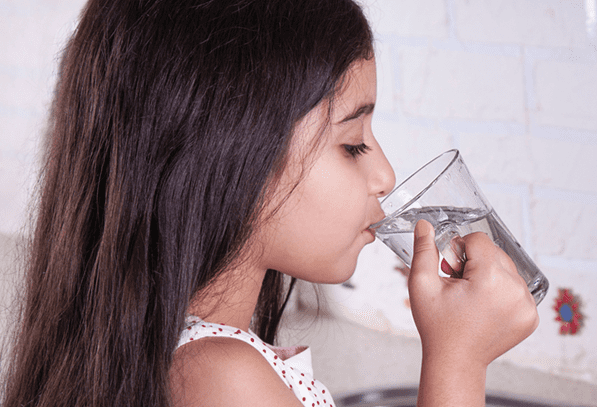Statement by Ashley Wallis, Associate Director, on the NOAA’s 2025 Lake Erie HAB (Harmful Algal Bloom) Forecast
Toronto | Traditional territories of the Mississaugas of the Credit, the Anishinaabeg, the Haudenosaunee, and the Wendat – After years of thick, green slime, Lake Erie is showing small signs of recovery. The U.S. National Oceanic and Atmospheric Administration’s (NOAA) annual Lake Erie harmful algal bloom (HAB) forecast suggests progress toward a healthier Lake Erie.
The good news is, less nutrient pollution is entering the lake, and since 2020, the algal blooms have been less severe. However, this doesn’t mean the fight to save Lake Erie has been won. One reason why blooms have been milder is because springs have been drier in the basin. Less rain means less nutrients washing off the land and into the lake. A wetter spring could bring bigger blooms back. More still needs to be done to reduce nutrient pollution at its source, to sustain this progress and ensure a healthy lake for future generations.
At a time when President Trump has threatened to tear up Great Lakes agreements and gut the agencies responsible for scientific research and environmental restoration, Canada cannot allow the future of Lake Erie to get any murkier. Our governments have a critical role to play in ensuring any progress is sustained. They must:
- Work closely with farmers to reduce nutrient runoff—keeping fertilizer and manure on their land and out of our waterways;
- Make investments in long-term, well resourced science and monitoring—enabling informed policy decisions that are responsive to the real time impacts of climate change; and
- Honour existing binational agreements and domestic policy, including the Great Lakes Water Quality Agreement, the Canada-Ontario Lake Erie Action Plan, and the Great Lakes Protection Act
Background:
- NOAA’s 2025 Lake Erie Harmful Algal Bloom (HAB) Forecast
- Harmful algal blooms can produce toxins which are harmful for both humans and animals.
- In 2014, a severe algal bloom in Lake Erie caused a drinking water crisis in Toledo, Ohio
- In 2015, an even larger bloom impacted drinking water in Toledo, Ohio and Pelee Island, Ontario
- In 2015 Ohio, Michigan and Ontario signed an agreement to reduce the amount of total and dissolved reactive phosphorus (nutrient pollution) entering Lake Erie’s Western Basin by 40 per cent by the year 2025 (from 2008 levels)
- In 2016, Ontario set a goal under its Great Lakes Protection Act to reduce phosphorus loadings to the western and central basins of Lake Erie by 40 per cent by 2025
- In 2018, Canada and Ontario released the joint Canada-Ontario Lake Erie Action Plan, which listed initiatives the governments hoped would reduce nutrient loading and save the lake.
ABOUT ENVIRONMENTAL DEFENCE (environmentaldefence.ca): Environmental Defence is a leading Canadian environmental advocacy organization that works with government, industry and individuals to defend clean water, a safe climate and healthy communities.
– 30 –
For more information or to request an interview, please contact:
Karishma Porwal, Environmental Defence, media@environmentaldefence.ca







